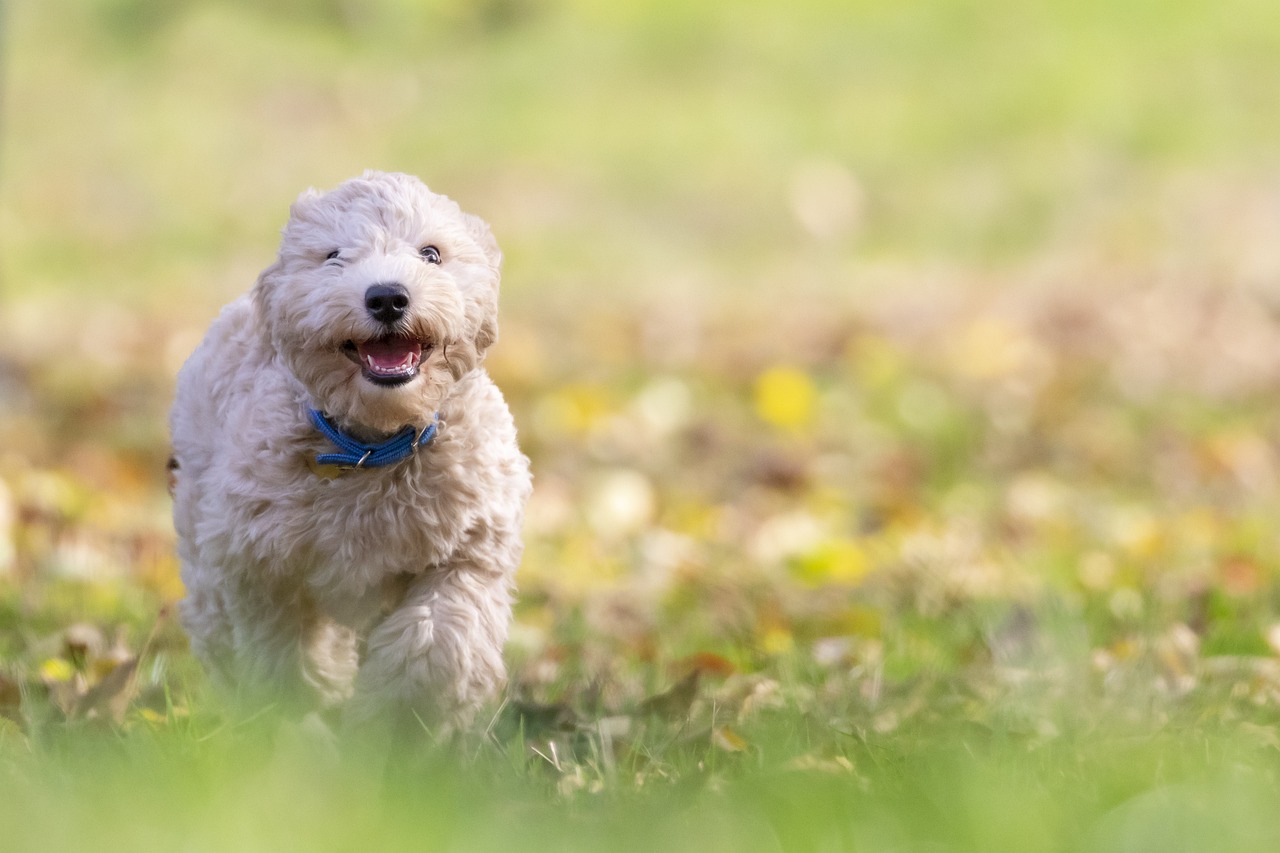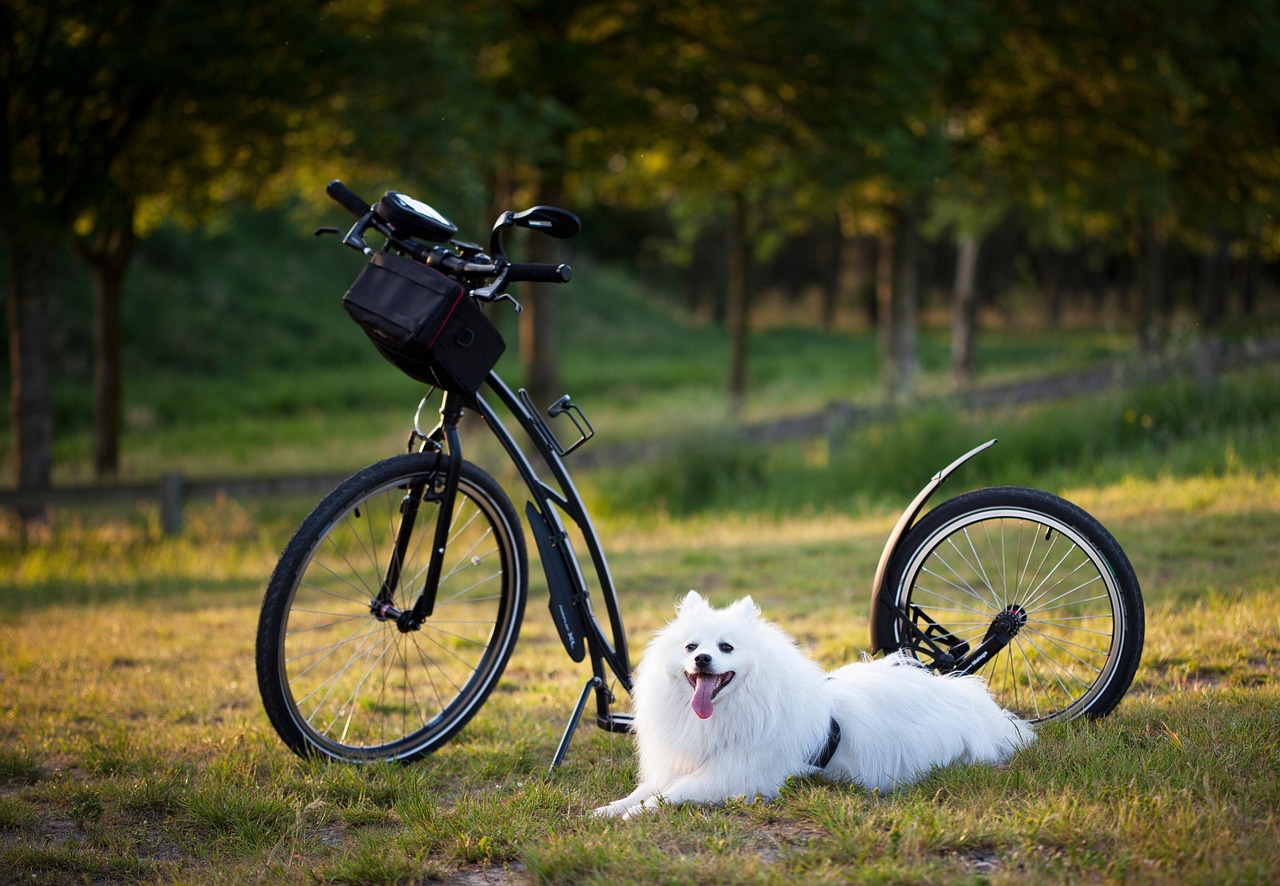Teaching Kids to Train Dogs: A Step-by-Step Guide for Fun
Dog training for a child can be an adventurous journey filled with rewarding experiences. Not only does it give your child a sense of responsibility, but it also strengthens the bond between your child and their pet. This guide provides a comprehensive overview of how to introduce your child to dog training and your role as a parent in this process.

Understanding the Importance of Dog Training for Kids
Training a dog is essential because it helps to bring out the best behavior in them. In the same vein, involving kids in dog training has a host of benefits. For instance, it teaches a child about patience, empathy, and caring for others. Furthermore, it enhances the child’s abilities to follow through with responsibilities, improve their communication skills, and also develop a better understanding of animal behavior.
The Role of Parents in Dog Training
As a parent, your role is pivotal in dog training. Apart from guiding and supervising the training process, you must also ensure the safety of both the child and the dog. It’s essential to be present during training sessions to manage the situation if it escalates.
Basic Guidelines for Starting Dog Training
There are some fundamental principles to remember when initiating dog training for your kid.

Starting with Basic Commands
Begin training with simple commands like sit, stay, and down. Guide your child to give the command in a firm yet gentle tone. Remember, consistency is more important than perfection.
Positive Reinforcement
The concept of positive reinforcement is crucial for kids to understand. Explain that treats, praises, and toys are rewards given to the dog for good behavior. However, it’s important to balance the rewards without overindulging the pet.
Patience is Key
Teach your child that patience is essential when dealing with pets. Not all dogs may respond to commands instantly. Encourage your child to remain patient and persistent.
Frequently Asked Questions
1. What Age is Appropriate to Start Dog Training for Kids?
Typically, children over the age of five have the ability to understand and command effectively. However, the involvement of kids in dog training largely depends upon the child’s maturity level and the temperament of the dog.
2. Is It Safe for My Child to Train Aggressive Dogs?
It is highly recommended to not involve children in training aggressive dogs. Aggression in dogs can result from fear or territorial behavior and the unpredictability can pose safety risks for children.
3. Can Dog Training Help My Child Develop Social Skills?
Yes, definitely. The interaction between the dog and child during the training process can significantly improve the child’s communication skills and foster a sense of responsibility.
4. What Should My Child Do If the Dog Doesn't Listen to the Commands?
Guidance from adults is crucial during such instances. Teach your child to stay calm, patient, and repeat commands. Sometimes, it can help to redirect the dog’s attention using treats or toys.

5. Can My Child Train More Than One Dog at a Time?
Ideally, it may be better to focus on training one dog at a time. Training multiple dogs simultaneously may confuse the dogs and overwhelm the child.
Tips for Successful Dog Training (For Kids)
Despite the segregation in commands, each training session should be short yet engaging, preferably lasting for only 15-20 minutes. Long sessions can make both the child and dog lose interest.

Choosing the right reward is also crucial. Not all dogs will respond equally to the same kind of reward. Some may prefer treats, while others may prefer praise or a favorite toy.
Finally, consider employing a professional dog trainer for the initial sessions. This can be beneficial in setting the right direction and strategy for further training.
Conclusion
Dog training for kids is indeed a rewarding experience that instills great values and skills in children. While the process may be challenging initially, with patience, consistency, and appropriate guidance, it becomes an enjoyable activity. Above all, it nurtures a priceless bond between the child and their furry friend.[IMAGE5] Remember, the primary goal is to ensure a safe, positive, and fulfilling experience for the child and the dog alike.[IMAGE6]
## Frequently Asked Questions **1. Is it safe for kids to train dogs?** Yes, it is safe for kids to train dogs, provided the training is done under adult supervision. The process can be enjoyable and educational for both the child and the dog. However, it’s crucial that the child understands the importance of respecting the dog’s space and feelings to ensure safety for both parties. **2. What is the right age for my child to start training our dog?** There is no specific age, but generally, children around the age of five and above can start with basic training commands like sit, stay, and fetch. The child’s maturity and understanding of the responsibility involved are more important than their physical age. Adult supervision is always recommended to ensure the safety of both the child and the dog. **3. Can my child train our puppy?** Yes, in fact, it can be highly beneficial for both the child and the puppy. Training a puppy requires patience, consistency, and repetition, which can help a child learn about responsibility and empathy. Make sure the child uses positive reinforcement training methods, such as treats and praises, to encourage the puppy. **4. What are some simple commands a child can teach a dog?** Some simple commands that a child can teach a dog include “sit”, “stay”, “come”, “down”, and “leave it”. These commands are a good starting point and can be taught using positive reinforcement techniques. It’s essential to ensure that the child uses a soft, yet firm and consistent voice. **5. What should my child do if the dog is not responding to the training?** If a dog is not responding to the training, it’s important to remain patient. Dogs may take time to understand and respond to commands. Make sure that the training sessions are short and enjoyable. If the dog continues to not respond, it may be best to consult with a professional dog trainer or a veterinarian to rule out any underlying health issues. **6. How can dog training benefit my child?** Dog training can teach children about responsibility, patience, empathy, and the importance of consistent effort. It can also help them to understand dog behavior and body language, which can improve their overall relationship with the dog. Additionally, it can boost their self-confidence when they see the results of their training. **7. What if my child is afraid of dogs, can training help?** Dog training can actually help to alleviate a child’s fear of dogs. By participating in the training process, a child can gain a better understanding of a dog’s behavior and learn to communicate with them effectively. This can help to build trust and reduce fear. It’s important to ensure the process is gradual and the child never feels pressured or uncomfortable. ## Conclusion In conclusion, involving kids in dog training can be a beneficial and rewarding experience for both the child and the dog. It aids in fostering a strong bond of friendship, respect, and understanding between them. Furthermore, it provides an opportunity for children to learn about responsibility, patience, and empathy, while also teaching dogs to understand commands and good behavior. The key to effective dog training for kids is ensuring that the techniques used are age-appropriate and safe for both the child and dog. Positive reinforcement techniques such as praises, treats, and rewards are found to be most effective and enjoyable. However, it is also essential that an adult always supervises these sessions to ensure that they are both productive and safe. With these measures in place, dog training can become a fun and enriching part of a child’s upbringing.


